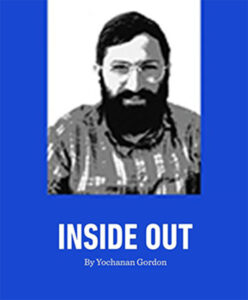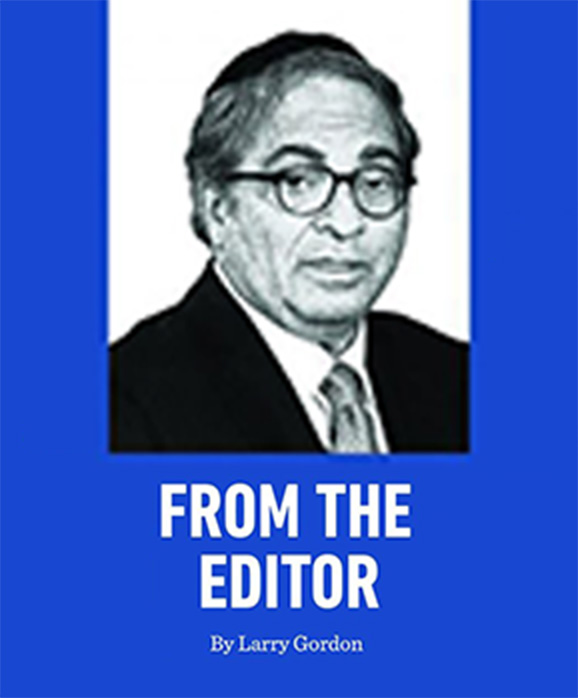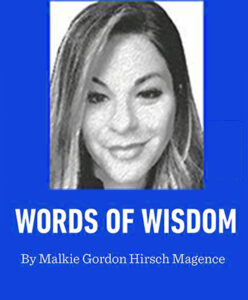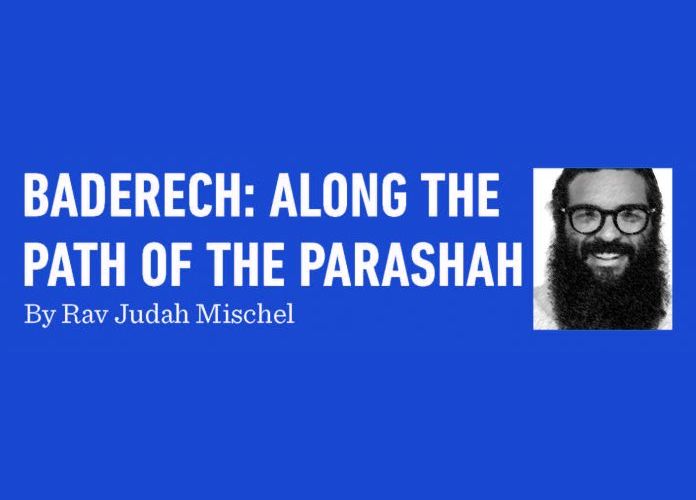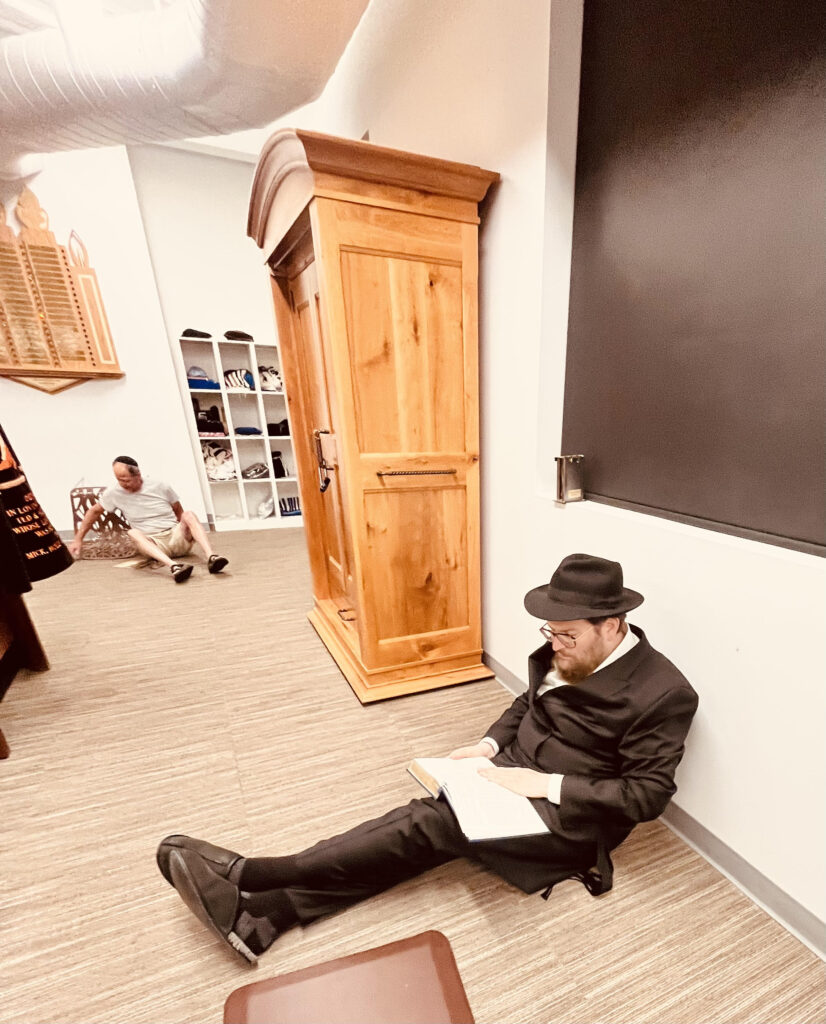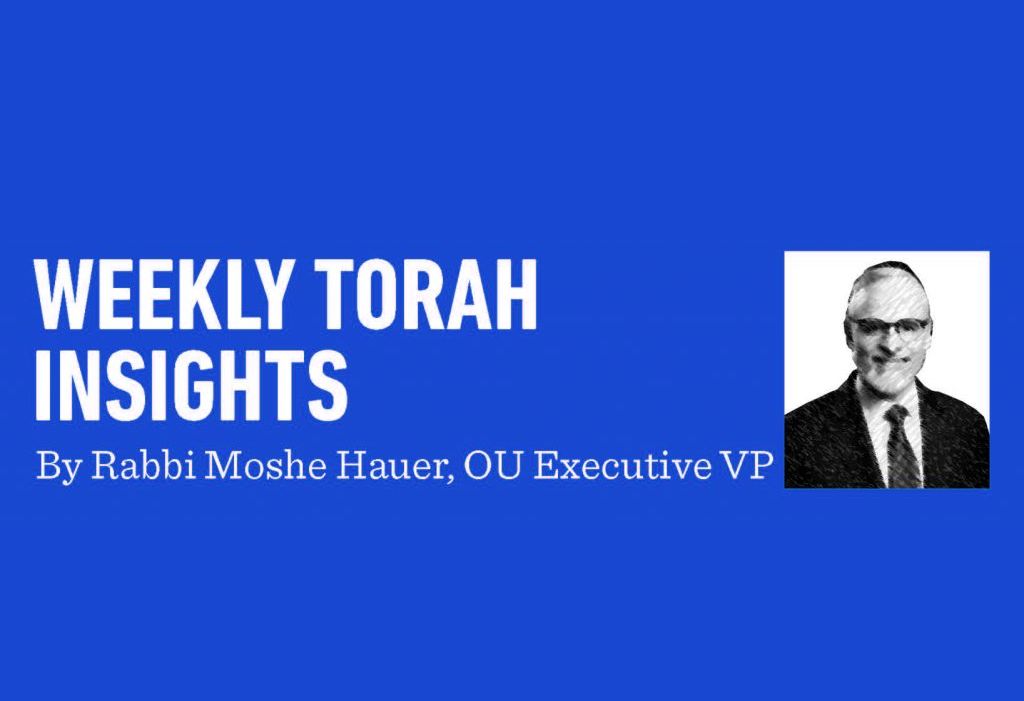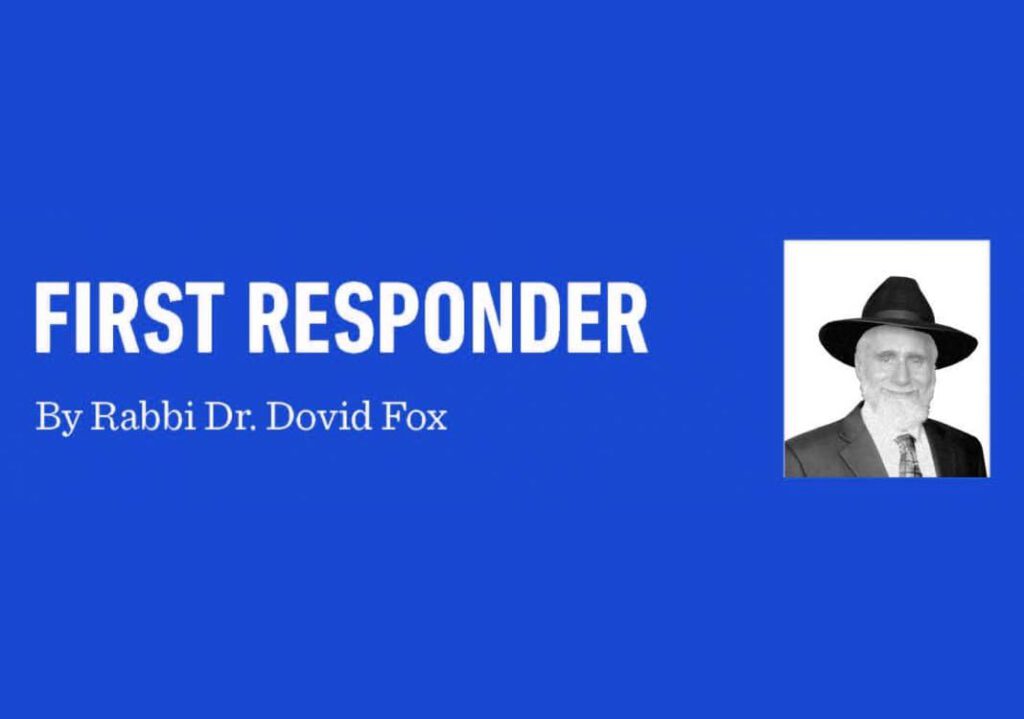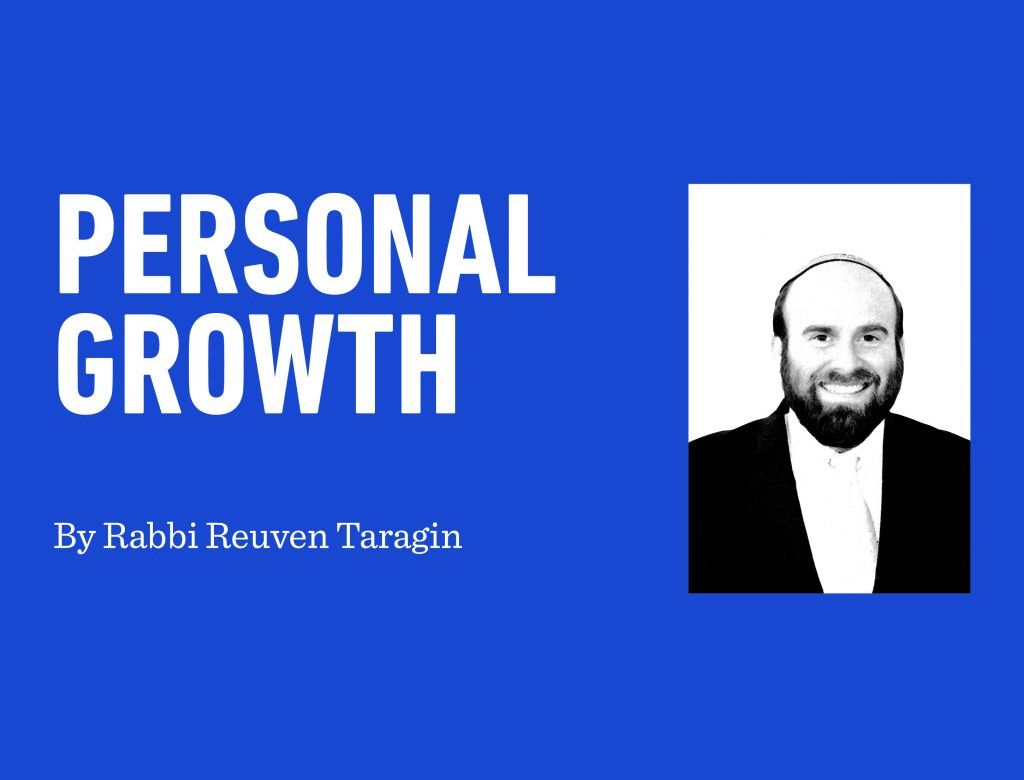Wellsprings Of Torah
The Suvalker Rov, Rav Dovid Lifshitz, zt’l, was the intellectual and spiritual scion of Lithuanian Torah greatness. As one of the foremost talmidim of the great Reb Shimon Shkop of Grodno, Rav Dovid was a veritable ba’al mesorah and transmitted the Lithuanian derech ha-limud, as well as the kavod, dignity, and respect for others, that went along with it. After fleeing the Germans and suffering displacement and tragedy, he and his wife rebuilt their lives in the United States, and eventually settled in New York, where he served as the rosh yeshiva of Yeshivas Rabbeinu Yitzchak Elchanan for more than fifty years as well as president of Ezras Torah. Renowned for his sensitivity and kindness, he was admired as a loving rebbi who took personal and genuine interest in his talmidim.
For Rav Dovid, the kesher, the relationship between a rebbi and talmid was not measured simply by the learning of Torah; it expresses a broad and holistic presence and involvement in the talmid’s life and overall wellbeing.
One of Rav Dovid’s close talmidim, Rav Moshe Weinberger, shlita, shared: “I once drove my rebbi to the Lower East Side to bake matzos. As we were driving…Reb Dovid asked me to say a vort because he knew I dabbled in Chassidishe sefarim. Although Chassidus wasn’t his background, he never discouraged me…. As I started to speak, he stopped me, telling me to immediately exit the highway. I didn’t know what was happening, but I drove for a block or two until he told me, ‘Stop here.’ Then he said, ‘You can’t say over such Torah while you’re driving.’ He took my hand in his, closed his eyes, and asked me to say the Torah. I did, and he was crying as I said it. Then he said, ‘Come.’ We got out of the car and he started dancing with me right there, on some side street off FDR Drive, as people from the neighborhood looked on….”
At Yeshiva University, Rav Dovid encouraged his talmidim to invest their minds, hearts, and time into learning, regardless of their looming academic obligations. Yet, before handing out the end-of-term bechinos, he would ask his talmidim: (1) Were they well-rested, having gotten eight hours of sleep? And, (2) had they eaten a good breakfast that morning? Often he would send students back to the dorm to lay down and rest, or hand them a few dollars and send them to the cafeteria, for one cannot receive the depths of Torah transmission while tired or hungry.
n n n
Our sidrah contains Shiras Ha’be’eir, the song that Am Yisrael sang over the miraculous source of water:
“This is the well that was dug by the princes; the noble of our people hollowed it out and carved it out with their staffs” (21:17-18).
The Ohr haChayim haKadosh interprets the cryptic imagery of Shiras Ha’be’eir as the eternal “song” of Torah as it is passed down generation to generation. Rav Chaim Dov Keller, rosh yeshiva of Telshe Chicago, shared a moving tribute and hesped for his rebbi, Rav Dovid, drawing on these insights of the Ohr haChayim:
“This is the well that was dug by the princes”—these are our Avos, Avraham, Yitzchak, and Yaakov, who dug the foundations for the life-giving source of water, the Torah, and transmitted it to their descendants. Generations later, “The nobles of our people hollowed it out” preparing to meet our developing need for sustenance. The chain of mesorah, passed down through the “nobles of our People”—Moshe Rabbeinu, the Zekeinim, Neviim, and Anshei Knesses haGedolah—“hollowed out” the well. The Sages of the Mishnah and Talmud, who form the backbone of Torah Sh’baal Peh, the Oral Law, interpreted and clarified Torah sheb’Ksav, enabling us to quench our thirst to this very day.
As the sages of every generation reveal new insights in Torah, their chiddushim, carvings on the walls of the well of Torah, are undertaken with the staffs of the Rishonim, the earlier sages:
“Each inference extracted from Torah must be explained according to (the earlier sages’) words, and anything not founded on the words of the Kadmonim (earlier authorities) cannot be relied upon.”
Another memory shared by Rav Weinberger describes the impact of Reb Shimon Shkop’s influence on Rav Dovid. Whenever Rav Dovid would mention him in a shiur, he would stand and tremble as he would enunciate, “Mori v’Rabi Reb Shimon says….” It would then take him a minute to come back to himself. This is the essence of our mesorah and tradition: with accuracy, awe, and heartfelt respect, seeking new, relevant, and timely applications of the unchanging values we have received, carving deeper grooves with the staff of our parents, grandparents, and teachers.
Rav Aharon Kahn of YU/ RIETS reminisced, “Reb Dovid was a center of gravity wherever he was, conveying a sense of self, but without a trace of ga’avah. That’s a very rare combination. He didn’t have to do anything to draw the kavod of those around him; it was the metzius of who he was….”
The Suvalker Rav enabled generations of students to drink from a source of purest wisdom and kavod haTorah. May we all continue to dig deeper into our souls, and carve out wellsprings of life, inspiration, wisdom, presence, and honor for our families, communities, and the Ribbono shel Olam. n
In honor of Rebbetzin Tzipora (nee Lifshitz) and Rav Dr. Chaim Waxman.
Marking the 9 Tammuz yahrzeit of Rav Dovid, zechuso yagen aleinu.
